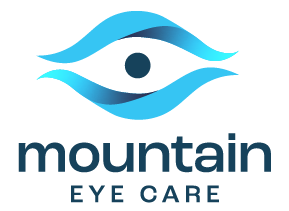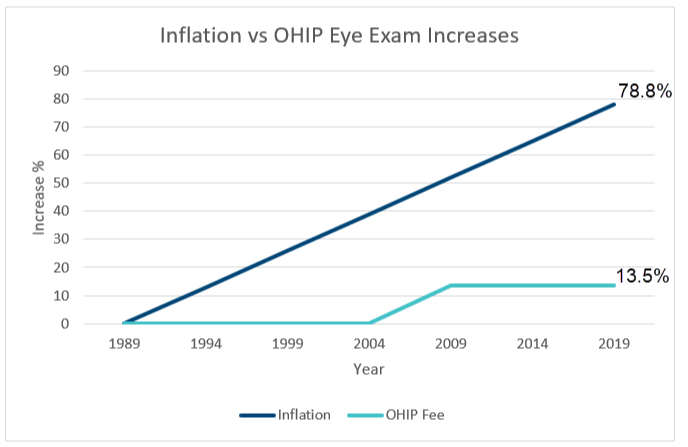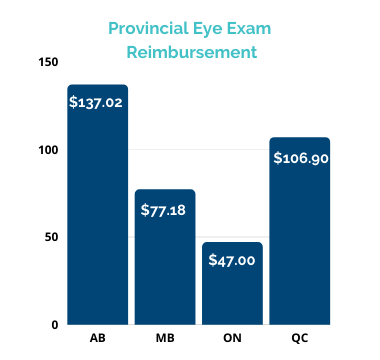How do optometrists determine prescriptions?
The tools used by Optometrists might seem intimidating to a regular person, and for this reason, many avoid or consistently delay their regular checkups with an eye doctor. However, these devices are painless, efficient, and extremely accurate in diagnosing the eye’s health status, and determining your prescription. At Mountain Eye Care, our professional team of optometrists can administer high-end eye exams to determine your need for glasses or contact lenses. Our eye exams can also be used to detect other health issues, like diabetes. In this blog, we share some information about how optometrists determine prescriptions for their clients by using various pieces of equipment.
Click here to schedule an appointment at Mountain Eye Care.
The Tonometer
One of the oldest, this device is used to measure the pressure of the fluids inside the eyeball. If the eye pressure increases beyond a point, then it may permanently damage the optic nerve. This high-pressure disorder is called glaucoma. A tonometer measures the pressure of the eye by very gently touching the cornea. A tonometer that actually touches the eye requires numbing drops to be instilled into the eyes. Many doctors also use an air puff tonometer that blows air onto the eyes to measure eye pressure or test for glaucoma.
The Phoropter
The phoropter is one of the basic tools used by optometrists to measure the refractive error and determine the eyeglass numbers of the patient. The patient is instructed to sit in front of an eye chart some distance away. Different lenses are applied before the patient tells the optometrist which lens allows him to see better. This is a subjective test and the correct prescription depends on the feedback of the patient who determines which lens provides the best vision.
The Retinoscope
In cases where the patient is unable to give feedback to the optometrist due to certain physical or mental conditions, a retinoscope is used to measure the refractive error and to determine the correct prescription of eyeglasses or lenses. It consists of a mirror that shines a light into the eyes and has a hole in the center of it, through which the eyes are examined.
The Autorefractor
The autorefractor is another device used to measure the refractive error of the eyes and prescribe lenses. The patient is required to look into the machine, which has a picture that moves in and out of focus. The device takes readings and determines when the image is on the retina. A prescription is made based on the averages of several such readings.
The Snellen Chart
The Snellen Chart is one of the most common tools used by an optometrist. It is a physical or digital chart that is placed around 20 feet or 6 meters away from the patient and has alphabets in decreasing order of size. At a time, one eye of the patient is covered while the correct prescription of the other eye is determined. Patients are required to read the smallest letters they can while the optometrist applies different lenses in the metallic eyeglass frame mounted on the face.
The Retinal Camera
A retinal camera is a device that is used to capture an image of the interior surface of the eye, typically the retina. It is a specialized low powered microscope with a camera attached to it. A retinal camera allows the ophthalmologist to study the patient’s retina, monitor the changes in the retina over a period of time, and diagnose diseases. Modern retinal cameras take a number of images using different filters to get clear images of different parts of the retina.
The above mentioned are just a few of the pieces of equipment that your optometrist can use to determine your prescriptions. If you are looking for more information about how to get prescription glasses, contact lenses, or sunglasses, then we suggest that you conti8neub browsing through our Mountain Eye Care website.
Click here to find our contact information, schedule an appointment, or to speak with a representative.



